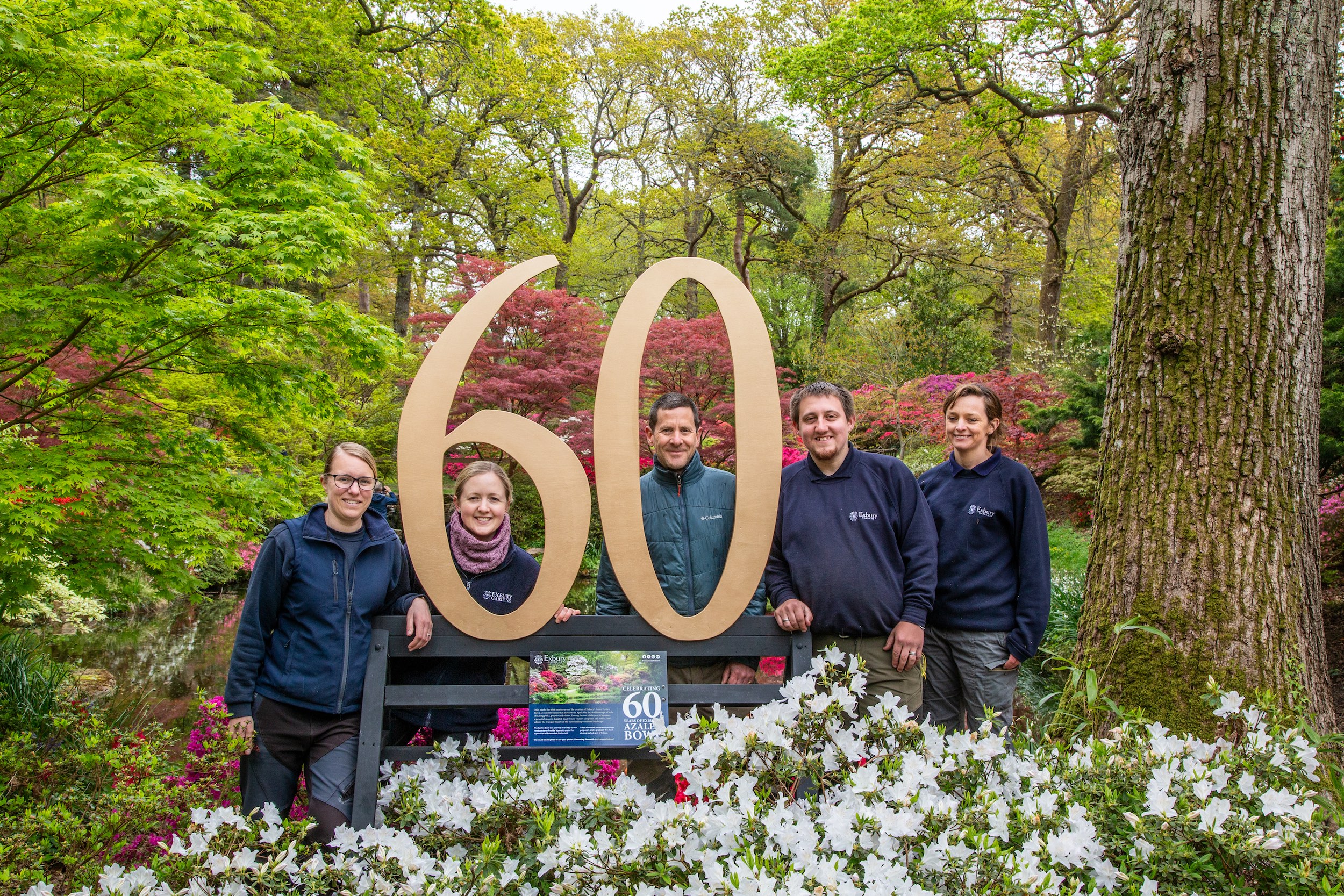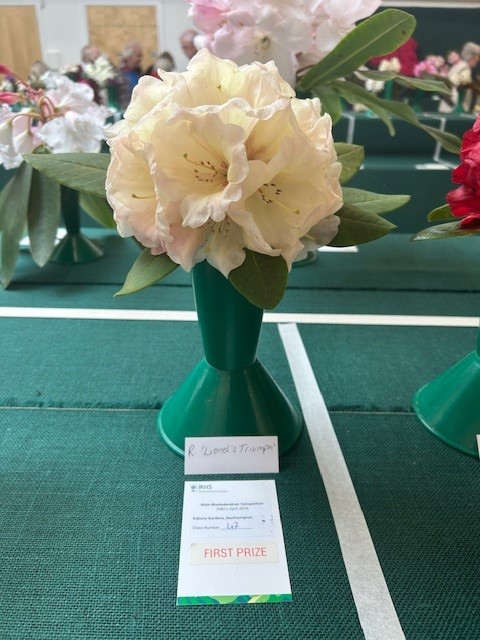
Exbury Gardens marks diamond anniversary of its famed Azalea Bowl
3rd May 2024It’s extremely floral, vibrantly-coloured, and probably the most photographed and romantic spot at Exbury Gardens – and this year The Azalea Bowl celebrates its 60th birthday.
The Exbury Gardens’ gardening team – centre pic from left to right Emma Callan, Chloe Le Poidevin-Holmes, Tom Clarke, Adam Brooks and Emma Bouchard.



